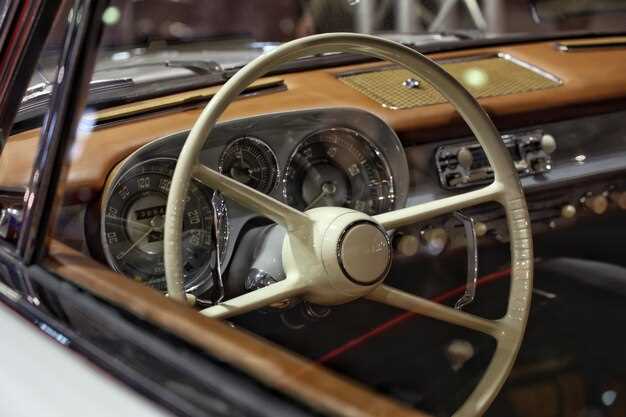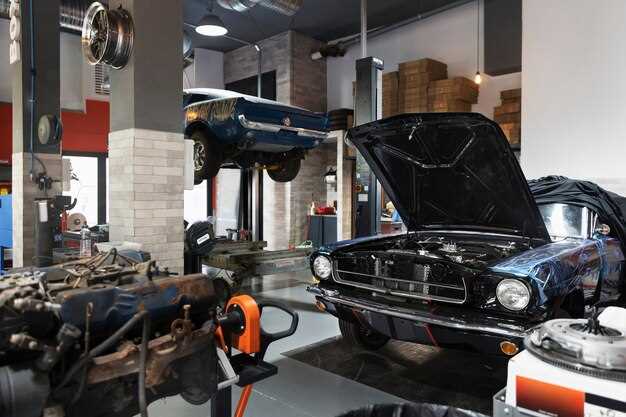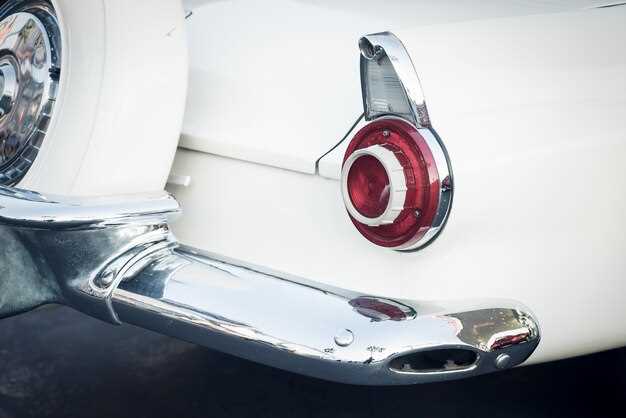
Restoring a classic car is a journey that blends nostalgia with innovation. One of the most compelling aspects of this journey involves the interior, where vintage aesthetics meet contemporary comfort. By focusing on resto projects that emphasize modern upholstery techniques, enthusiasts can transform the cabin of their classic rides into spaces that are both visually stunning and functionally superior.
In recent years, the automotive community has witnessed a surge in interest for bespoke interior solutions. This trend is not just about replacing old materials; it’s about reimagining the entire driving experience. By incorporating upholstery options that provide better durability, comfort, and style, car owners can enhance the allure of their classic vehicles while adhering to the original charm that defines them.
The challenge lies in striking the perfect balance between classic design elements and modern advancements. From choosing the right fabrics to implementing ergonomic seating arrangements, each decision plays a crucial role in the ultimate revitalization of these timeless machines. This article will delve into techniques and tips for achieving that coveted modern touch, ensuring that classic car interiors not only turn heads but also cater to today’s driving standards.
Choosing the Right Materials for Upholstery Upgrades

When it comes to restoring classic cars, selecting the right materials for upholstery upgrades is crucial for achieving a blend of authenticity and modern comfort. The right fabric not only enhances the aesthetic appeal but also affects durability and ease of maintenance.
Start by considering the type of upholstery fabric. Leather is a classic choice that offers a luxurious finish and longevity. It is important to choose high-grade leather that can withstand wear and tear while providing comfort and elegance. Synthetic leather, or vinyl, is a budget-friendly alternative that mimics the look of leather, making it suitable for those looking for a modern touch without the high cost.
Another option is cloth upholstery, which comes in various styles, colors, and patterns. High-performance textiles that resist stains and fading are ideal for classic cars frequently used. Fabrics such as microsuede or performance upholstery can provide a contemporary look while offering breathability and ease of cleaning.
Additionally, consider the foam padding used for cushioning. High-density foam not only enhances comfort but maintains its shape over time, ensuring that the seats look great after many miles. Be sure to check for durability ratings, as some foams are specifically designed for automotive use, offering better resistance to heat and moisture.
Lastly, don’t overlook the importance of stitching and finishing techniques. Quality craftsmanship can make a significant difference in the overall look of the car’s interior. Double stitching and reinforced seams can add to the durability of the upholstery, ensuring that your resto project stands the test of time.
In summary, selecting the right materials for upholstery upgrades requires careful consideration of fabric type, durability, and craftsmanship. By combining traditional styles with modern materials, you can create an interior that honors the classic essence of the vehicle while embracing contemporary comfort.
Incorporating Modern Technology While Preserving Vintage Aesthetics
Revamping classic car interiors involves a delicate balance between integrating modern technology and maintaining the vintage aesthetics that aficionados cherish. One effective approach is to utilize advanced materials that offer comfort and durability while resembling classic textures. For instance, using high-quality leather or synthetic alternatives can enhance the interior feel without compromising authenticity.
Additionally, incorporating discreet technology is essential. Hidden sound systems or Bluetooth connectivity can be seamlessly integrated into existing designs, allowing functionality without disrupting the classic look. Touchscreen interfaces can replace old dials and gauges; however, they should be designed to mimic vintage styles to maintain the overall aesthetic coherence.
Another aspect of modern resto projects is the introduction of comfort features, such as climate control and ergonomic seating. These enhancements can be achieved through ingenious designs that don’t overpower the original interior vibe. For example, retro-styled gauges with modern instrumentation preserve the original aesthetic while providing accurate readings and improved performance.
Ultimately, the goal is to create an interior that honors the past while embracing the conveniences of modern life. By meticulously selecting upgrades and ensuring they harmonize with the classic elements, car enthusiasts can enjoy the best of both worlds in their beloved vehicles.
DIY Tips for Restoring Classic Seats and Interiors

Restoring classic car seats and interiors is an exciting project that allows enthusiasts to bring a modern touch while preserving the character of vintage vehicles. Here are some DIY tips to help you achieve a stunning interior makeover.
First, assess the condition of the seats and interior materials. Look for signs of wear, such as tears, discoloration, or sagging. Prioritize areas that require immediate attention to ensure a successful resto. This initial evaluation will guide your restoration efforts.
Next, choose appropriate materials for the restoration. For upholstery, select durable fabrics or leather that complement the classic car’s aesthetics. Consider modern synthetic options that mimic the look of traditional materials while offering enhanced durability and ease of maintenance.
When removing old upholstery, be methodical. Take photos of each step and label any components you remove to ease reinstallation. Use a staple remover, flathead screwdriver, or pliers for careful extraction without damaging the underlying framework.
Before reupholstering, prepare the seat frame by cleaning and repairing any structural damage. Sand down rust and treat it with an appropriate rust inhibitor. If foam padding is degraded, replace it with high-density foam to improve comfort and longevity.
For a uniform look, consider dyeing or painting interior trim pieces. Ensure you use products designed for automotive applications to withstand temperature changes and provide lasting color. Always follow manufacturer instructions for best results.
Finally, don’t overlook the details. Replace any old hardware, such as seatbelts or knobs, with modern equivalents that enhance safety while maintaining a classic feel. Install sound-deadening materials to create a quieter, more refined driving environment.
With these DIY tips, you can effectively restore classic seats and interiors, blending timeless elegance with modern functionality to enhance your driving experience.


